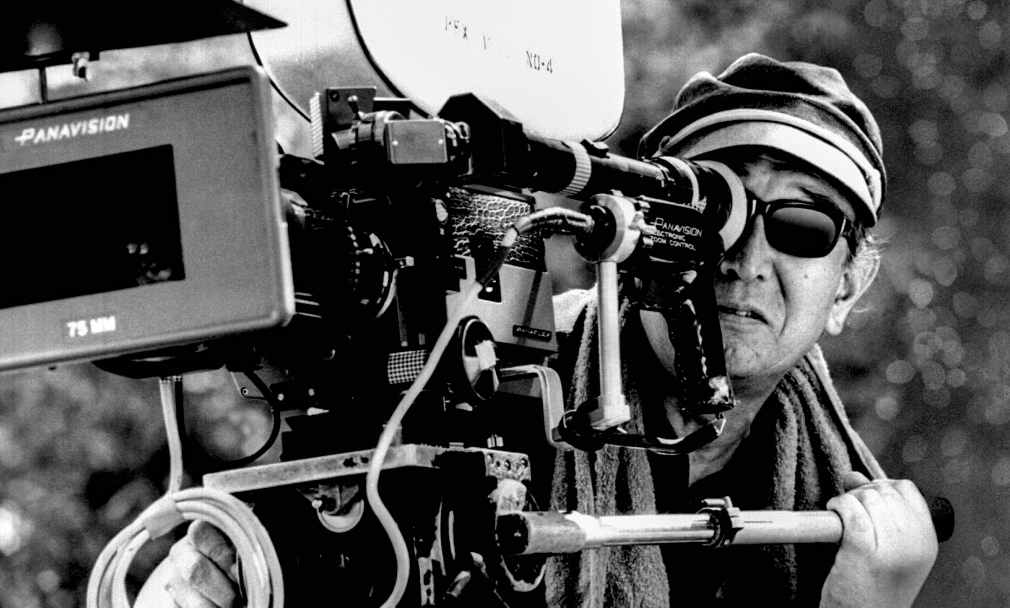
Growing up in a sleepy Indian town, my knowledge about the land of rising Sun was miniscule, limited to mere facts related to its geography and technological advancements. I was introduced to Japanese films, and the maestro – Akira Kurosawa San – by no one else but another legendary Indian film-maker whom I had started to idolize by this time. When Satyajit Ray first watched Kurosawa’s Rashomon in 1952, he was touched immensely. He noted, “The effect of the film on me was electric. I saw it three times on consecutive days, and wondered each time if there was another film anywhere which gave such sustained and dazzling proof of a director’s command over every aspect of film making.” This remark gave me sufficient reasons to look for Japanese films by Akira Kurosawa. Fortunately, I found them sooner than expected at Music World in Kolkata. And immediately afterwards, I took a deep dive into world cinema in a serious way.
My fascination with Japanese films or to be more specifically with Akira San started with Rashomon 羅生門 (1950). My amazement made me to question, “Can a script be this original and thought-provoking? Why we don’t make such films in India? In quick succession, I watched Seven Samurai 七人の侍 (1954), The Quiet Duel 静かなる決闘 (1949), Throne of Blood 蜘蛛巣城 (1957), Yojimbo 用心棒 (1961), High and Low 天国と地獄 (1963), and Red Beard 赤ひげ (1965). By this time, I had become a devoted Kurosawa fan. What I liked the most about the filmmaker was his intimate understanding of the Japanese culture. He made around a dozen of films on Samurais, but none of these works are seen to overlap. They tell different aspects of the Samurai era.
Akira San who fiddled in almost all aspects of film-making, like his contemporary Satyajit, made around 31 films during five decades starting with Sanshiro Sugata 姿三四郎 (1943) and ending with Madadayo まあだだよ (1993). His films not only provide us unknown vistas into Japanese way of life, they also touch upon philosophical aspects inseparable with human existence. Akira San was a natural story-teller, often taking lead in drafting the gripping screenplays that formed the very backbone of his films. For his epic movie Ran 乱 (1998), he personally drew each frame over a period of ten years before going to shoot at some of the most iconic sites in Japan. The true perfectionist innovated with nearly aspect of film-making during his eventful career. Quite like Satyajit, he had the eye for titans; he picked a newcomer – Toshiro Mifune – and went on to make classics, one after another. Thank you Akira San, for showing us that why we must dream to chase the impossible!